Strategic Review: From mRNA Success to Diversification in Rare Diseases, ADCs, and RNA Editing
Pfizer strengthened its biopharmaceutical base with the acquisition of Hospira and GSK’s vaccine assets in 2015, followed by a major expansion into oncology via the Medivation and Array BioPharma deals. The 2020 success of Comirnaty (mRNA COVID-19 vaccine) co-developed with BioNTech marked a pivotal shift, driving further bold investments in rare diseases, ADCs, and RNA technology.
Key Acquisitions & Partnerships (2015–2025)
- 2015: Acquired Hospira (injectables, biosimilars) – $17B
- 2015: Acquired ACWY vaccine assets from GSK – $130M
- 2016: Acquired Medivation (oncology drug XTANDI) – $14B
- 2019: Acquired Array BioPharma (melanoma drugs) – $11.4B
- 2020: Partnered with BioNTech on Comirnaty COVID-19 mRNA vaccine
- 2022: Acquired Global Blood Therapeutics (sickle cell disease) – $5.4B
- 2022: Acquired Biohaven (migraine therapy Rimegepant) – $11.6B
- 2023: Acquired Seagen (ADC platform) – $43B
- 2024: RNA base editing partnership with Beam Therapeutics – up to $1.35B
Strategic Significance
Pfizer’s expansion reflects a deliberate shift toward next-gen modalities beyond antibodies. The integration of ADCs, mRNA, and base editing tech supports long-term competitiveness and risk diversification across therapeutic areas.
My Insight
Pfizer’s post-pandemic reinvestment strategy is a textbook example of transforming windfall gains into innovation. The company’s bold decisions and adaptability may not always yield success—but it’s the willingness to evolve that defines leadership.
References
- Pfizer Press Release – Hospira (2015)
- Pfizer Press Release – GSK Vaccines (2015)
- Pfizer Press Release – Medivation (2016)
- Axios – Array BioPharma (2019)
- Reuters – Biohaven (2022)
- Reuters – Seagen (2023)
- Fierce Biotech – Beam (2024)
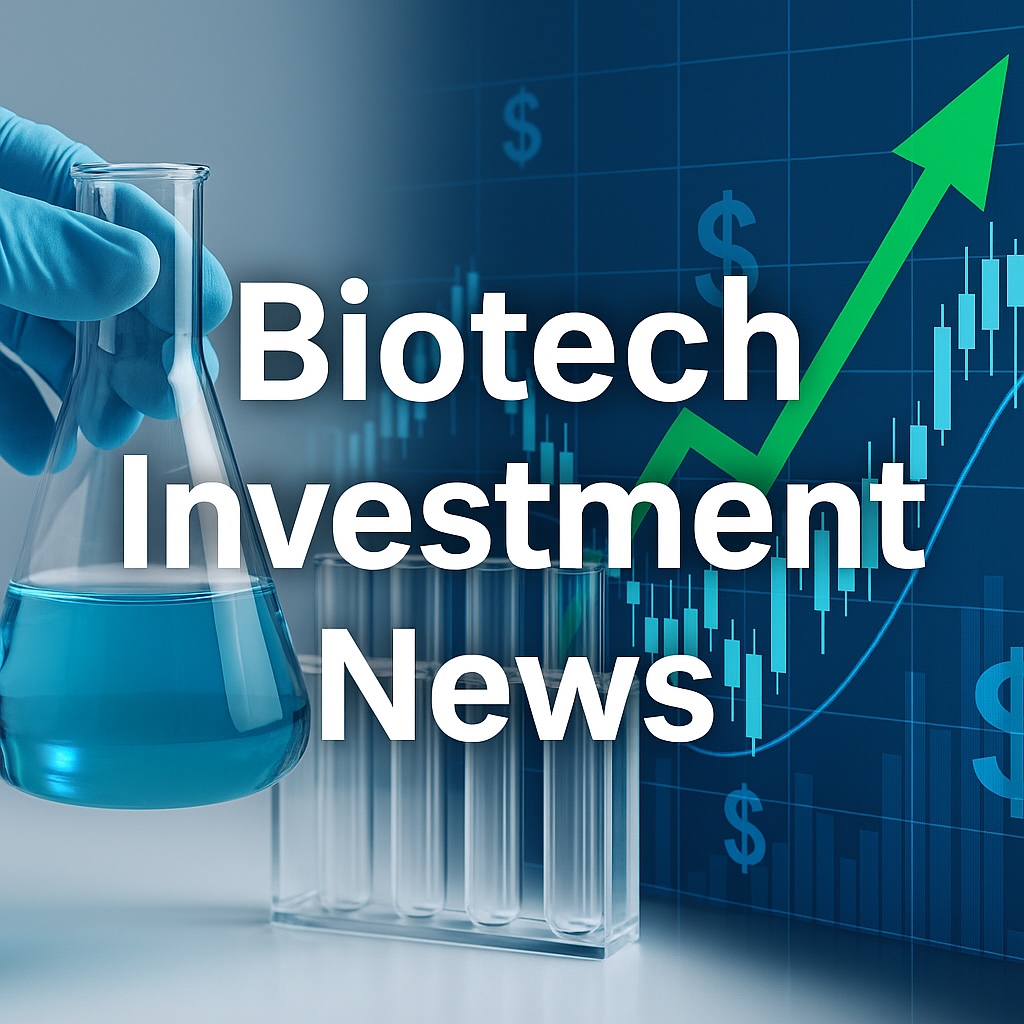
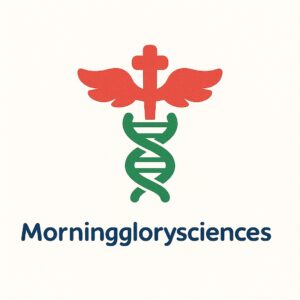
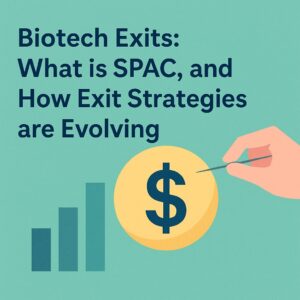
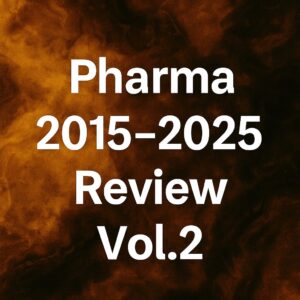
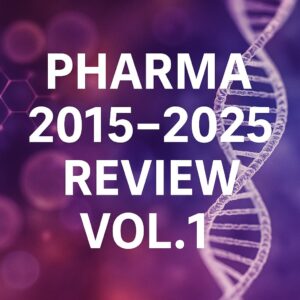
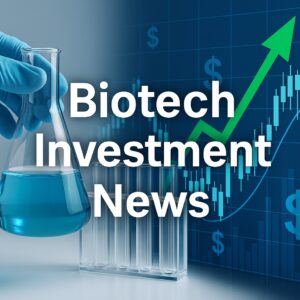
Comments